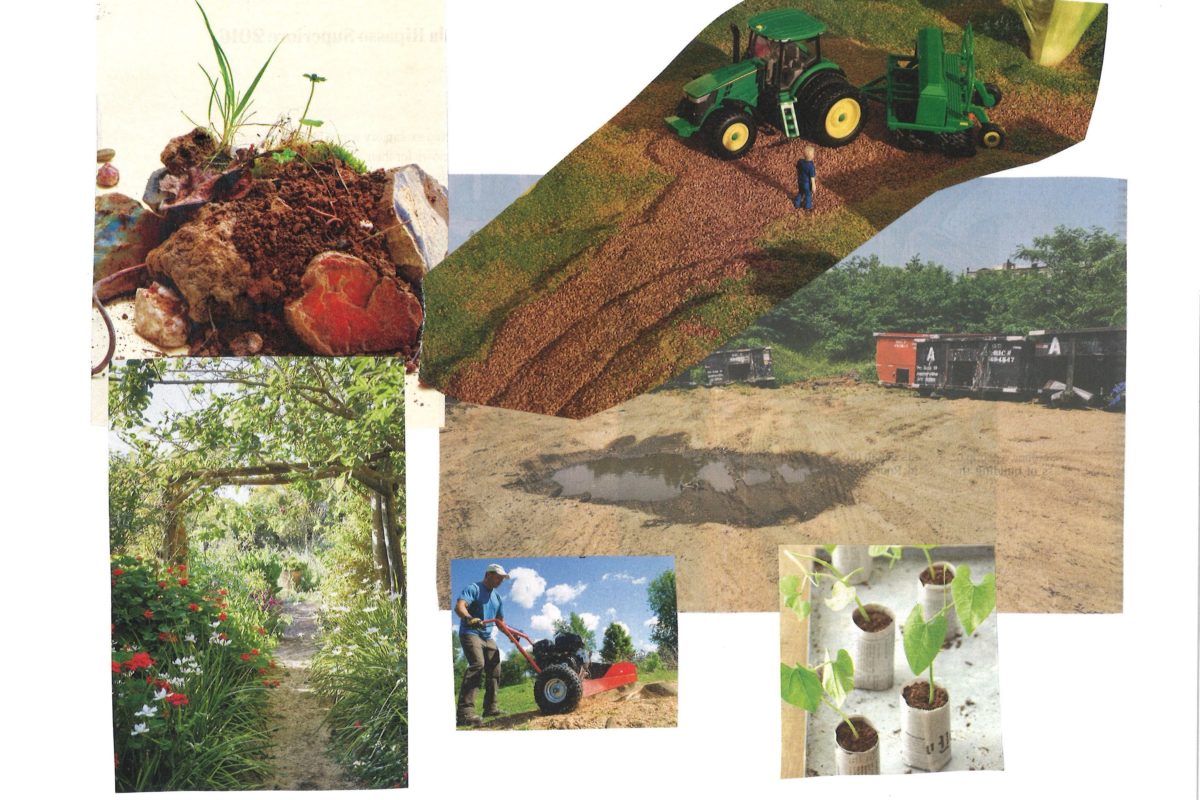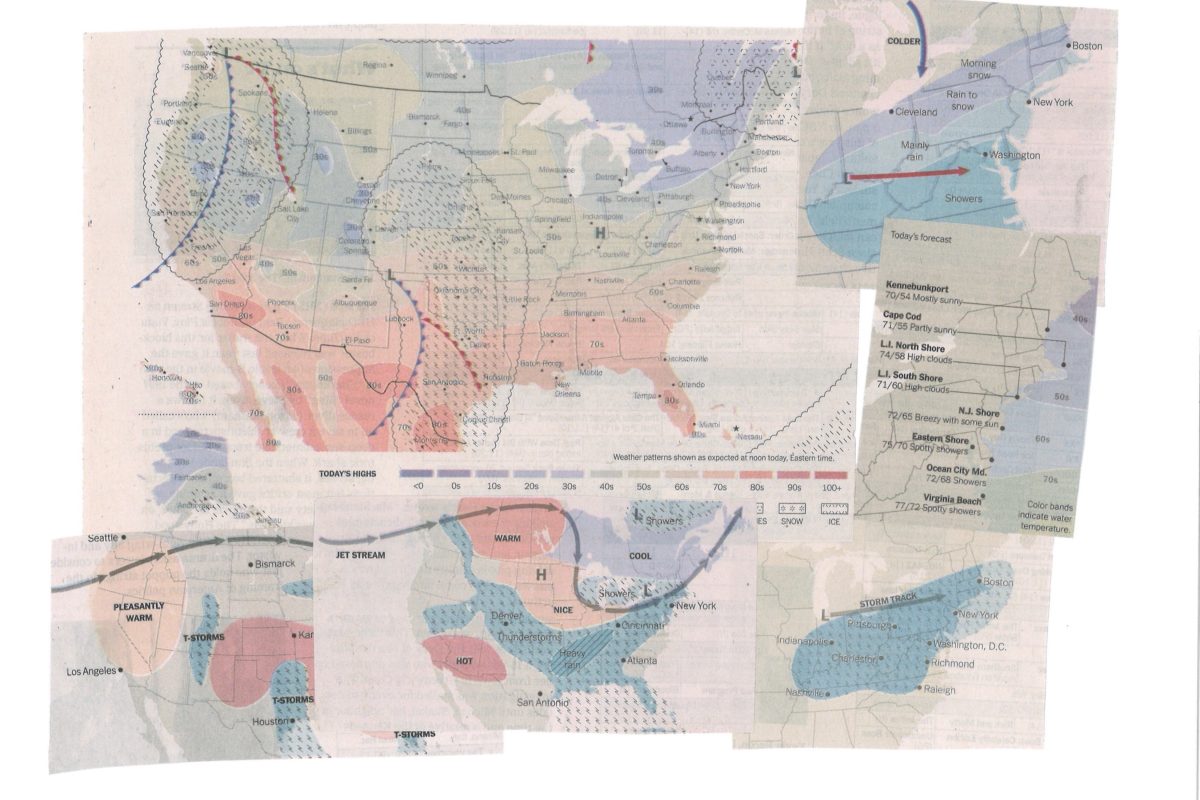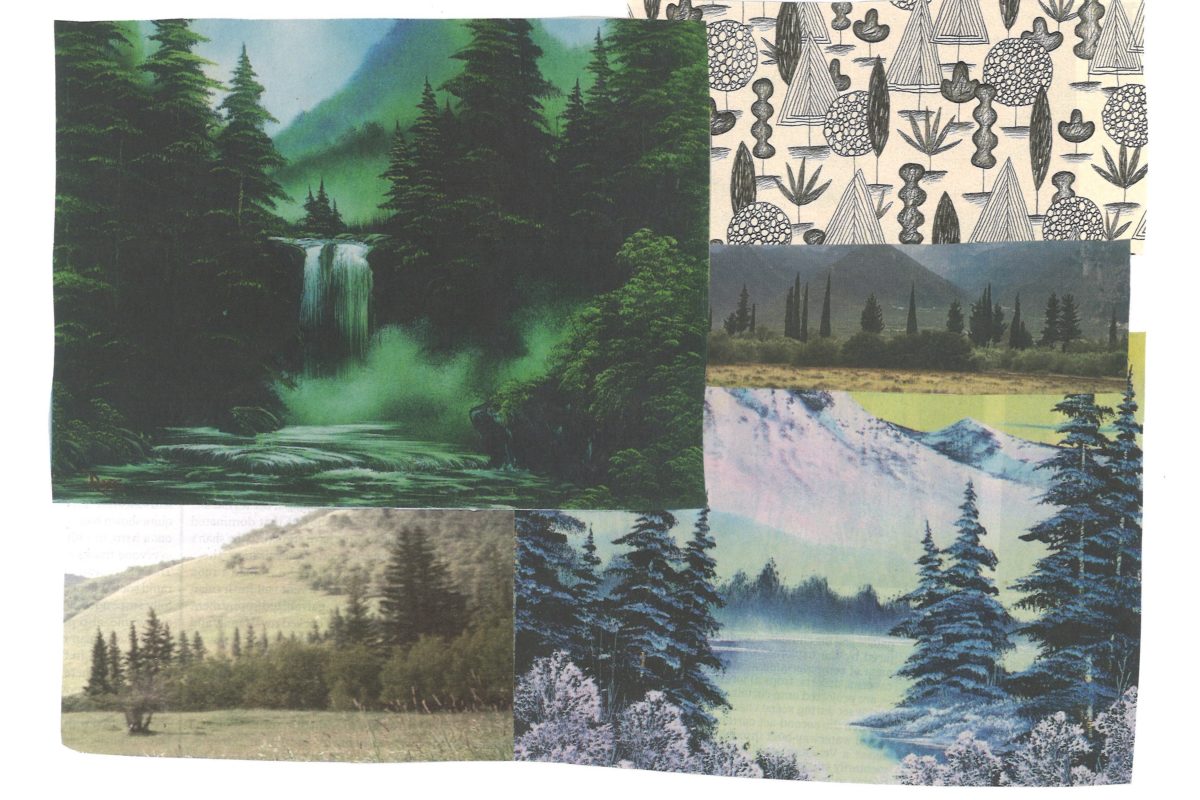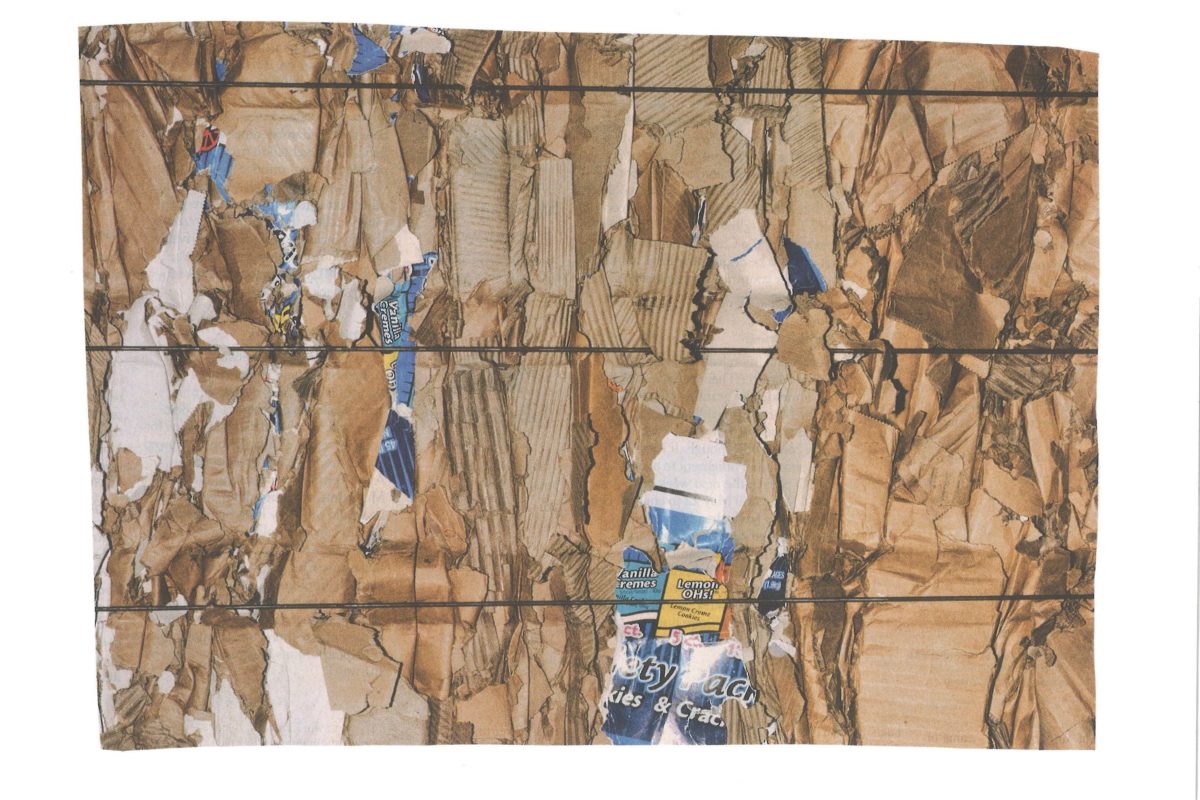What’s the Difference Between a Pond and a Lake?
Psh, you might be thinking. This is a lame one. I totally know the difference between a pond and a lake. I just swam in one this weekend, for God’s sake! I dove into its cool waters after manning the grill all day! I drank a bottle of ice-cold rose while lounging lazily on a swan-shaped float positioned on its very surface! This is a dumb newsletter!
Sorry to burst your bubble, folks, but to cut to the chase: THERE IS NO DIFFERENCE.
Let’s get into it. Scientists in the field of liminology (the study of inland waters) have been trying to categorize the differences between lakes, ponds, and wetlands for quite some time. (In evolutionary terms, a “lentic” body of water—meaning an inland body of water with currents that do not flow in a continuous and definite direction—should go from a lake to a pond to a wetland.) Some scientists tried to use thermal stratification, saying a lake was deep enough to have two to three layers of different temperatures during warmer-weather months. Other scientists tried to use plant growth, saying that ponds were shallow enough for sunlight to reach the bottom, so that rooted plants could grow across their entire width.
However, none of this matters. Us common folk are completely incapable of rational thought and/or respecting the fruits of scientific inquiry and started calling things PONDS and LAKES completely arbitrarily. (Scientists ended up concluding that they couldn’t divide these things into precise categories, either.) So when it comes to the actual naming of things—with actual bodies of water called Sebago Lake or Walden Pond or whatever place you swam in this weekend—there is not even an attempt at any sort of scientific decency. For example, Echo “Lake” in Conway, NH has a surface area of 14 acres and is 11 feet deep, while Island “Pond” in Derry, NH has a surface area of almost 500 acres and is 80 feet deep. In fact, it’s common for a body of water to switch from a lake to a pond (or vice versa) to better appeal to potential real-estate buyers—would you rather live near Dishwater Pond or Mirror Lake?
If you’re itching for a little distinction to get you through the week, take comfort in knowing that scientists do recognize the difference between “deep” ponds and lakes and “shallow” ponds and lakes. “Deep” ponds and lakes have some areas of underwater plant growth, along with deeper portions where sunlight does not hit the bottom; they also have distinct thermal layers in the summer. “Shallow” ponds and lakes have rooted plant growth across the entire bottom, consist of only one thermal layer, and usually have more muddy sediments than their deeper brethren.
If you liked this, subscribe to the What’s the Difference newsletter here!






